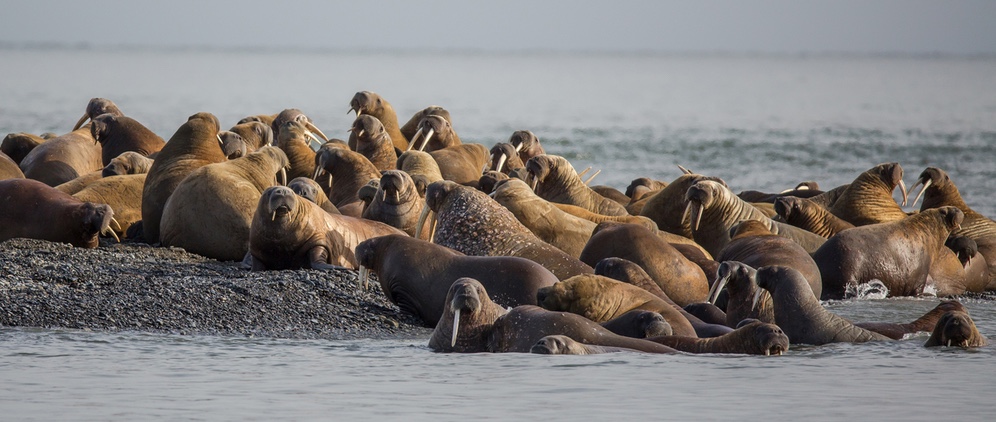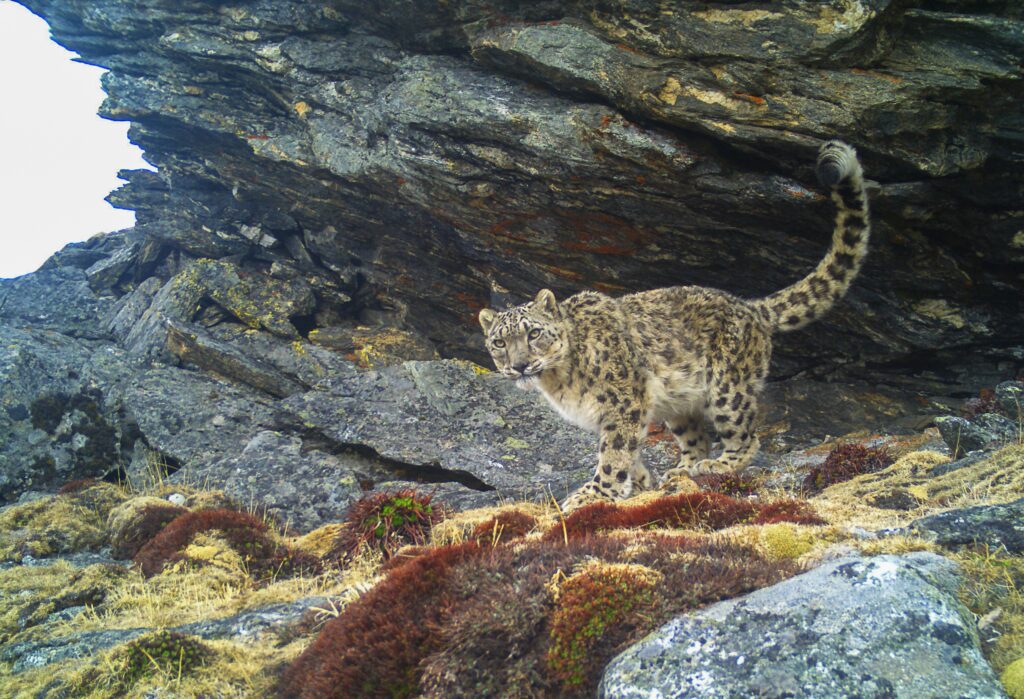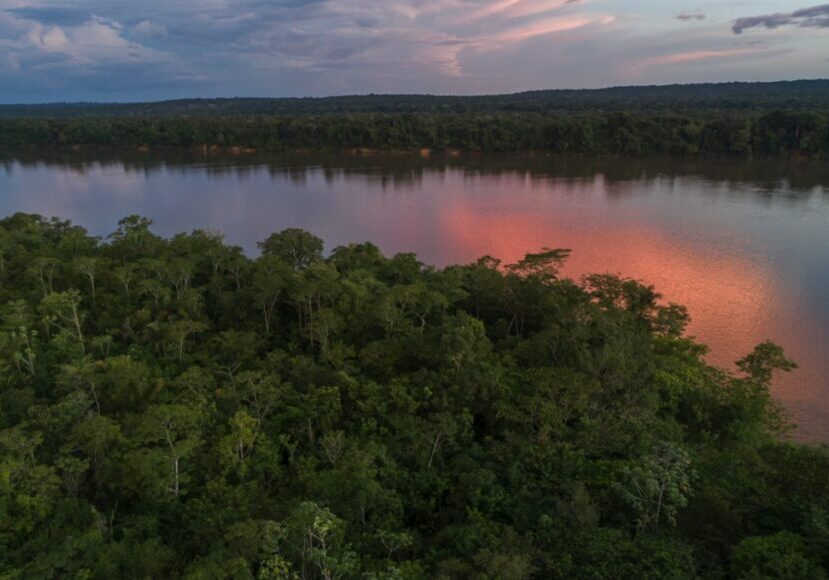As cattle farming has expanded in the Amazon, deforestation has destroyed large areas of jaguar habitat, bringing the big cats and human communities into closer contact.
The jaguars’ natural prey species have been depleted, forcing the big cats to increasingly prey on livestock and pets. As well as a loss of income for farmers, this often leads to jaguars being killed in retaliation, sometimes by jaguar hunters.
Many local residents think that lethal methods are the only solution to jaguar attacks, but we know it’s possible for people and felines to live side by side.
So in 2022, we organised a workshop in Apuí in the state of Amazonas in Brazil, one of the areas most affected by deforestation, to share some tried-and-tested techniques for minimising conflict with jaguars.
The 18 specially selected participants included cattle farmers, Indigenous people and other community representatives from across the region. Some spent up to 18 hours travelling to the workshop, highlighting their commitment, and all were determined to help spread the word by sharing what they learned with their neighbours and communities.
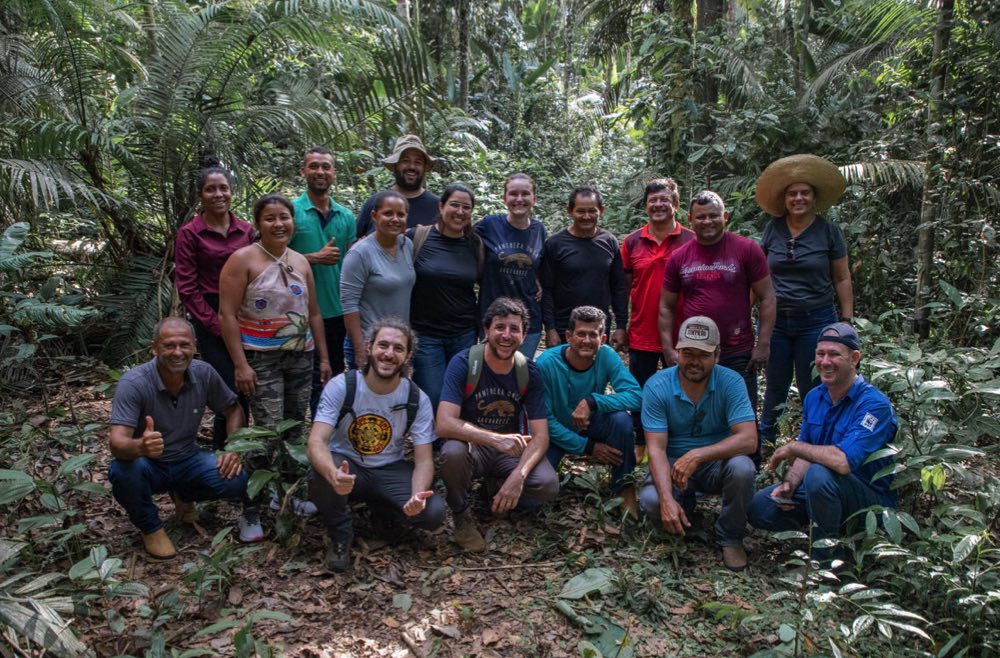
© CHRISTIAN BRAGA / WWF-BRAZIL
Drawing on 15 years of experience working with ranchers via the Iguaçu Jaguars Project, we shared a few simple, low-cost techniques that we know can make a huge difference in preventing or reducing jaguar attacks.
These include installing solar-powered lights at strategic points, using fireworks to scare predators away and putting bells on cattle. Other simple steps include keeping calves away from the edge of the forest, where they’re within easier reach of predators like jaguars.
Jaguars aren’t always to blame for lost animals, so the group also learned how to identify animal footprints and use camera traps to identify the other wildlife that shares their space.
Many participants said they’d never felt like they were being listened to before or had the opportunity to learn how to live alongside jaguars. And as they put what they learned into practice, the results so far have been good: none of them have experienced any further jaguar attacks on livestock or domestic animals.
“I believe this was one of the most important actions ever taken for the conservation of jaguars in the region,” says Felipe Feliciani, from WWF-Brazil. “The positive impacts were clear and immediate, and we have a great opportunity to extend this across the region.”
Jaguars have disappeared from around half of their historical range. Today, about 70% are found in the Amazon, where an area of habitat the size of three football pitches is destroyed every minute.
Adopt a jaguar
You can help us continue our work to protect these amazing big cats by adopting a jaguar.
You helped create a new national park in Colombia
Join our walrus watch!
You supported India’s first national snow leopard survey
More to explore
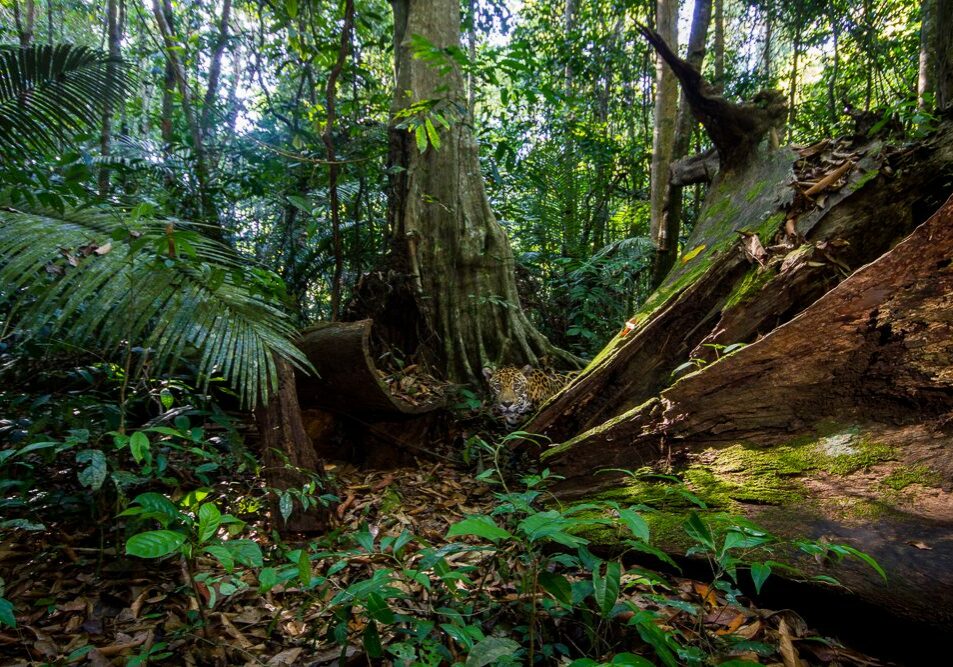
Photo story: Mission Jaguar, French Guiana
Secretive, shadowy jaguars are rarely seen. In their remote rainforest home, they live undetected but under pressure. We sent film-maker Emmanuel Rondeau on a mission: to photograph a wild jaguar in the jungles of French Guiana

